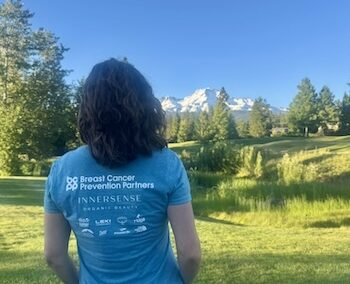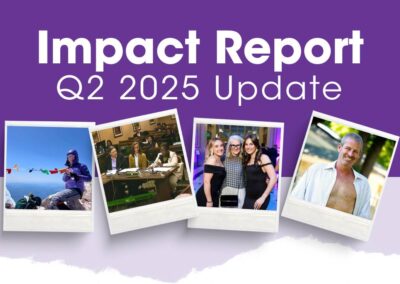Summary
A study published in January 2024 found over 900 chemicals in our environment that may increase your risk of Breast Cancer.
We are regularly exposed to 90% of these chemicals because they are in:
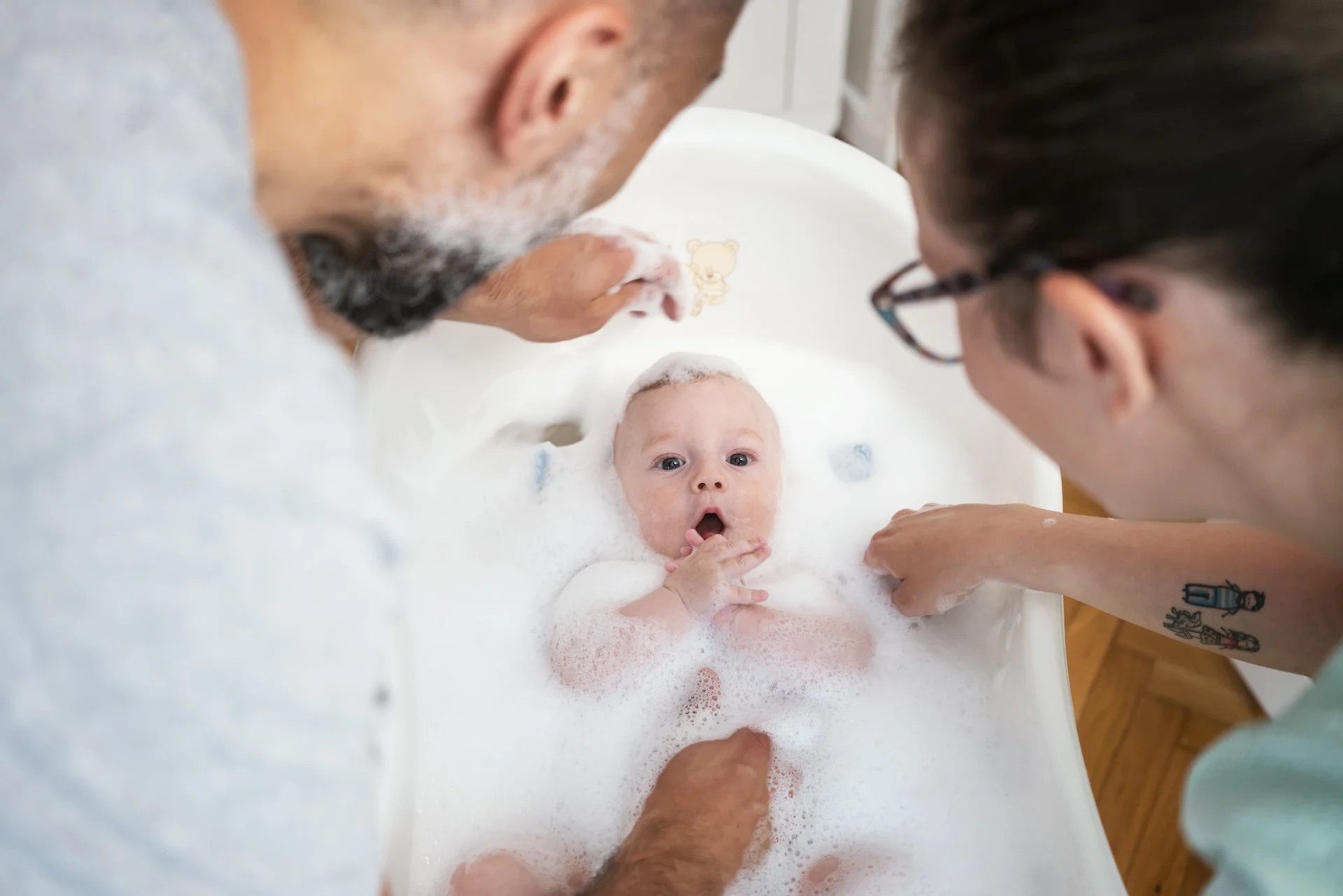
- consumer products (for example personal care, beauty, cleaning, furnishings and textiles, electronics)
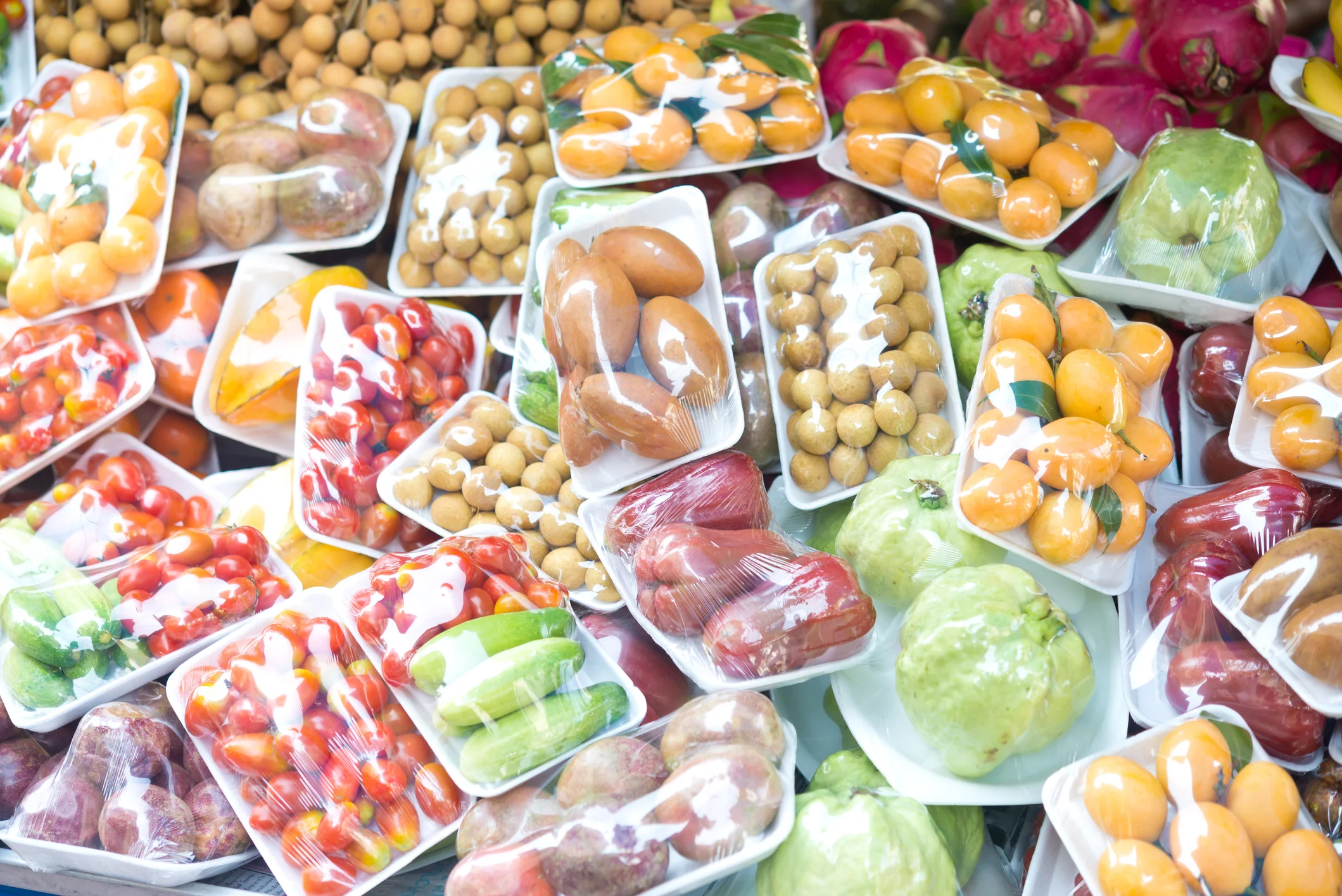
- food packaging and food production materials (which leach chemicals into food and then into people)
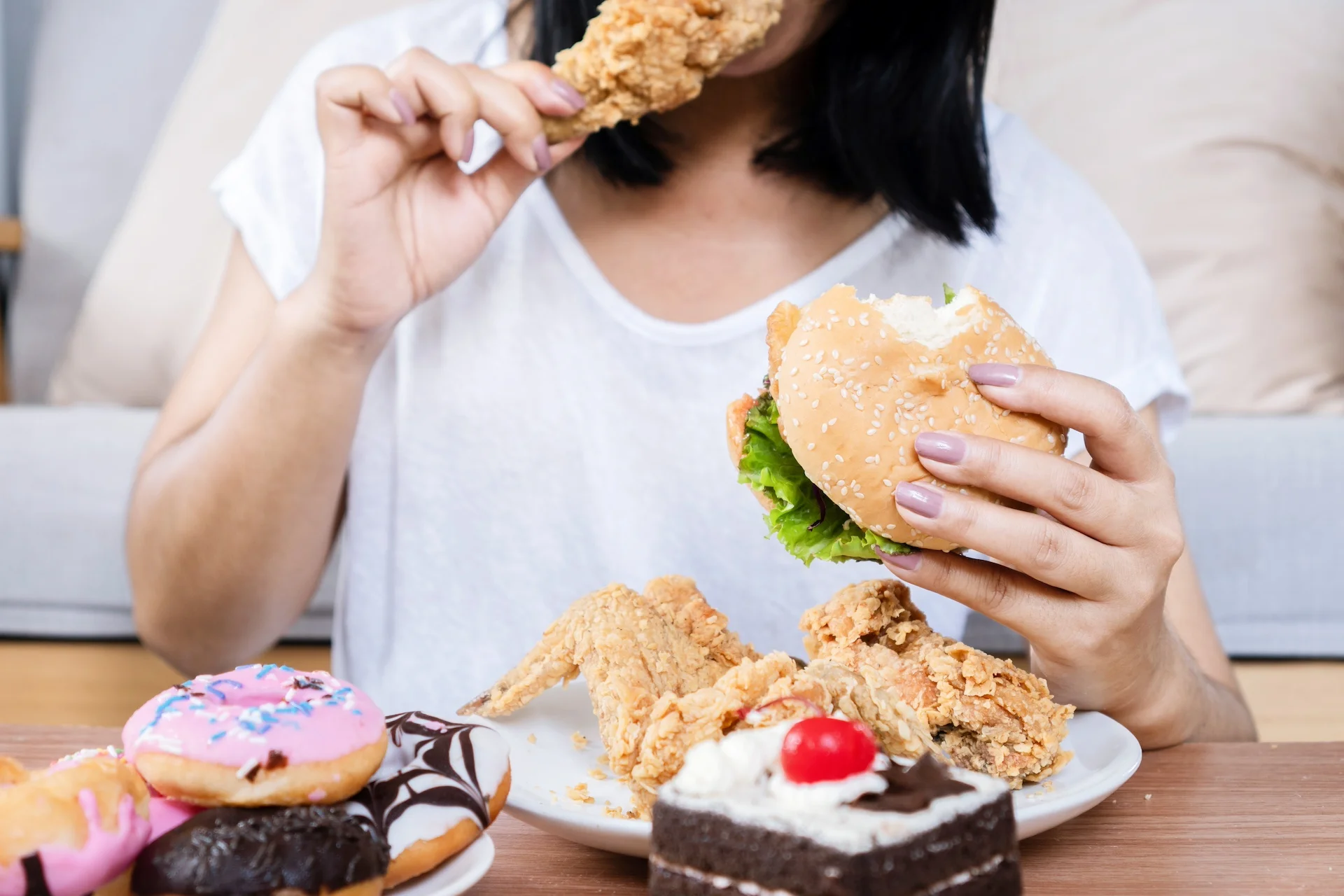
- food and beverages (direct additives like colorants or preservatives; contaminants like heavy metals and pesticide residues that are in air, soil, and water)
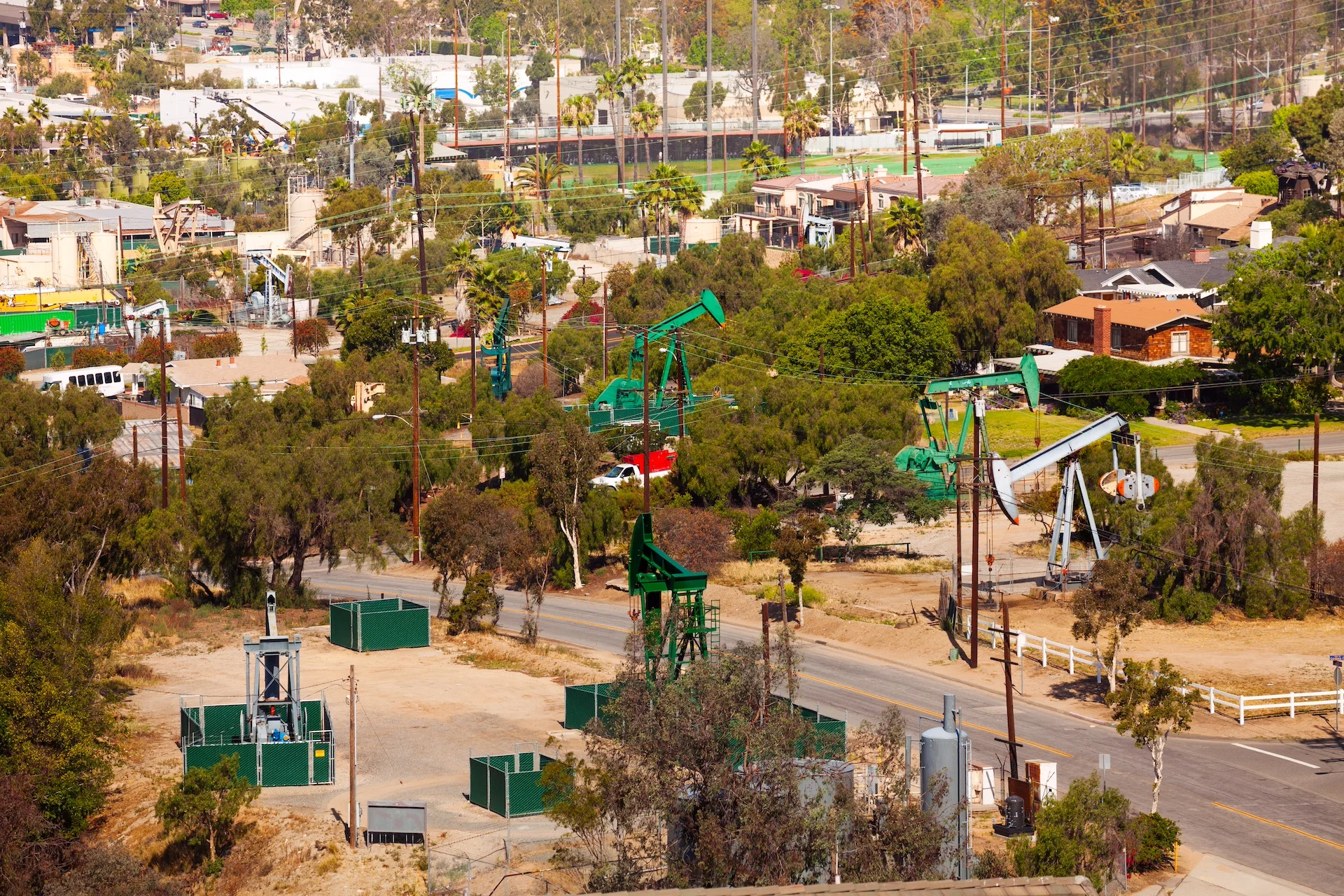
- the indoor and outdoor environments in which we live, work, play and learn (e.g. pesticides, off-gassing and particles from building materials, air pollutants from vehicle emissions and manufacturing plants)
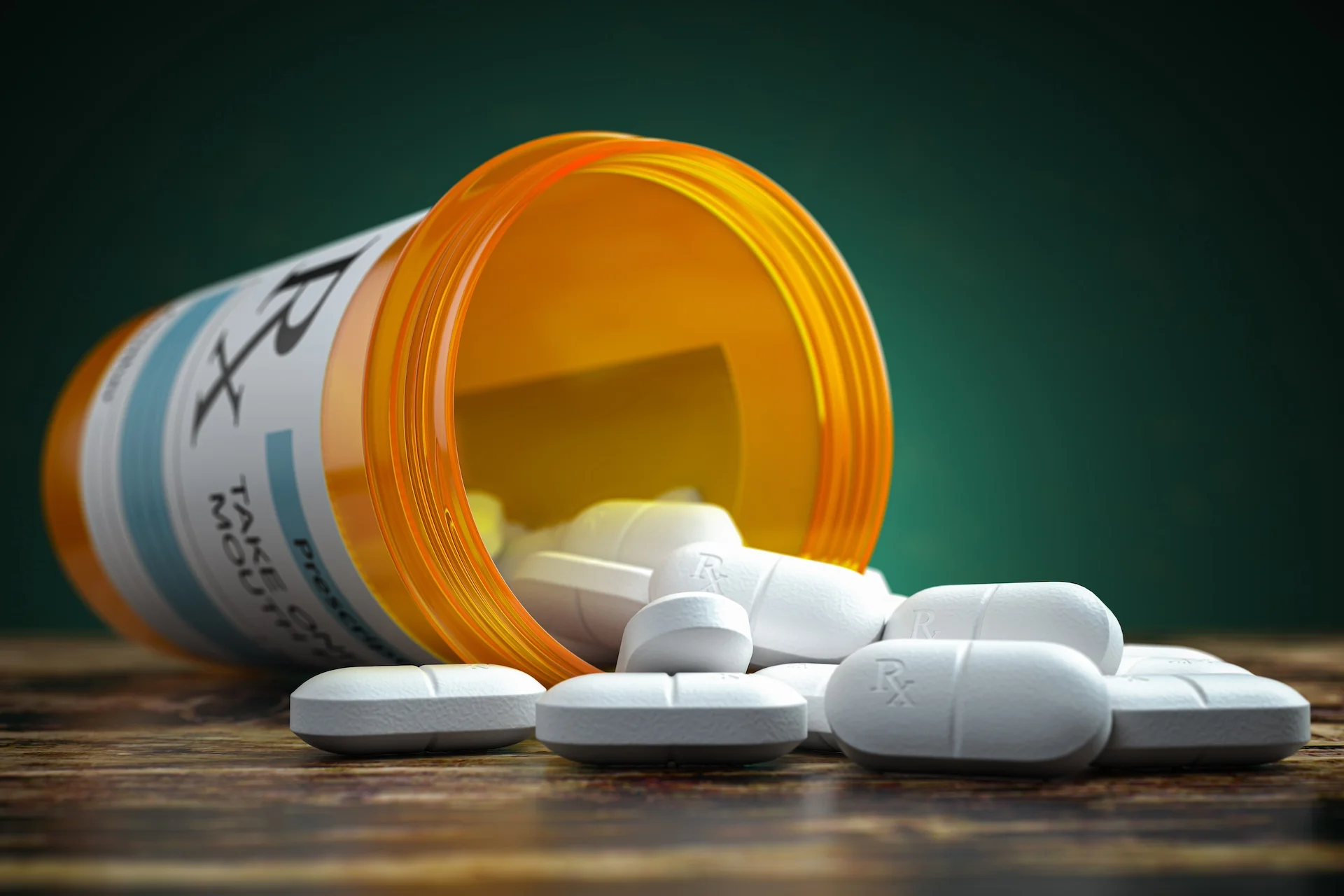
- medications (e.g., diethylstilbestrol, malathion, hydroquinone, mestranol).
To decrease our breast cancer risk, we need systemic change: new laws to stop all but essential uses of toxic chemicals until safer alternatives are scaled up or developed; and commitments from companies to swiftly phase out toxic chemicals from their products. We also need state and federal laws that prevent toxic products from being sold or disposed of in low income communities and communities of color. Meanwhile, we can also take steps to reduce our exposure to these toxic chemicals by becoming more informed and selective shoppers. Both political action and personal change is needed to protect everyone.
About the study
Kay, J.E., J.G. Brody, M. Schwarzman, R.A. Rudel. 2024. “Application of the Key Characteristics framework to identify potential breast carcinogens using publicly available in vivo, in vitro, and in silico data.” Environmental Health Perspectives. DOI: 10.1289/EHP13233

Jennifer Kay
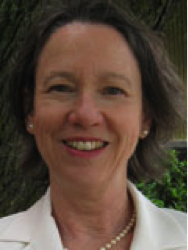
Julia Brody
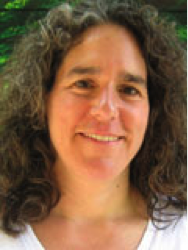
Ruthann Rudel
Researchers Jennifer Kay, Julia Brody, and Ruthann Rudel from Silent Spring Institute, and Megan Schwarzman from University of California, Berkeley created the list of potential breast carcinogens from several sets of data. First, using internationally recognized authoritative sources, they compiled a list of 278 chemicals that cause mammary tumors in laboratory animals. [1] Chemicals that cause mammary tumors in animal studies are considered to also pose a risk of breast cancer for humans.
They then expanded their list to include other chemicals that share the same ‘key characteristics’ [2] as the first set, namely hormone disruption that increases estrogen and progesterone signaling. This set [3] includes 684 additional chemicals that could increase breast cancer risk. Many of these chemicals are of special concern because they also can cause DNA damage (also called genotoxic or mutagenic, meaning they can cause mutations in cells that lead to cancer). Together the complete list of 921 breast cancer relevant chemicals is a significant expansion of Silent Spring Institute’s original list of 216 breast carcinogens published in 2007. [4]
About breast cancer’s links to environmental pollution
Most people are unaware that exposure to toxic chemicals in their daily life can contribute to their risk of breast cancer – and that the role of hazardous chemicals in the environment in influencing modern high rates of breast cancer has been underestimated. [5]
Breast cancer risk arises from the interplay of various factors. Lifestyle factors like diet and exercise; and systemic factors like race, power, and inequities which affect exposures to environmental pollutants like toxic chemicals; and radiation – all contribute to a person’s risk of developing breast cancer. [6] About ninety percent of breast cancer cases cannot be explained by inherited genetic mutations alone.
Over the past decade, there has been growing scientific evidence that harmful chemicals are important contributing factors to developing breast cancer. For instance, several studies in people have found links between breast cancer and pesticides, hair dyes, and air pollution. One study found a 45% increase in a black woman’s risk of breast cancer from using permanent hair dye. [7] Other studies suggest that exposure to hormone-disrupting chemicals in the womb, early in life, or during puberty and pregnancy, can alter breast development in ways that can increase the risk of breast cancer.
This new study shows that there are many more toxic chemicals in our daily life than previously thought that can increase our risk of breast cancer.
What you can do: individual choices and political action
The good news is that you can reduce your exposure to hazardous chemicals through your consumer and lifestyle choices. See below for tips. But not everyone is able to find or afford safer options. Nor should the burden rest entirely on consumers to protect themselves and their families from toxic chemicals in products and the environment. Ultimately we cannot shop or choose our way out of all toxic exposures, so it is up to us to demand systemic change and long term solutions to better protect everyone. Safer alternatives, whether they exist already or need to be developed, must become the norm! Speak up: tell government decision makers and corporate leaders that you want safer products and a safer environment by taking action on Breast Cancer Prevention Partners’ webpage – it is easy and fast. Working together, we can change the system to get rid of toxic chemicals that do not belong in our daily lives.
Safer products and safer habits
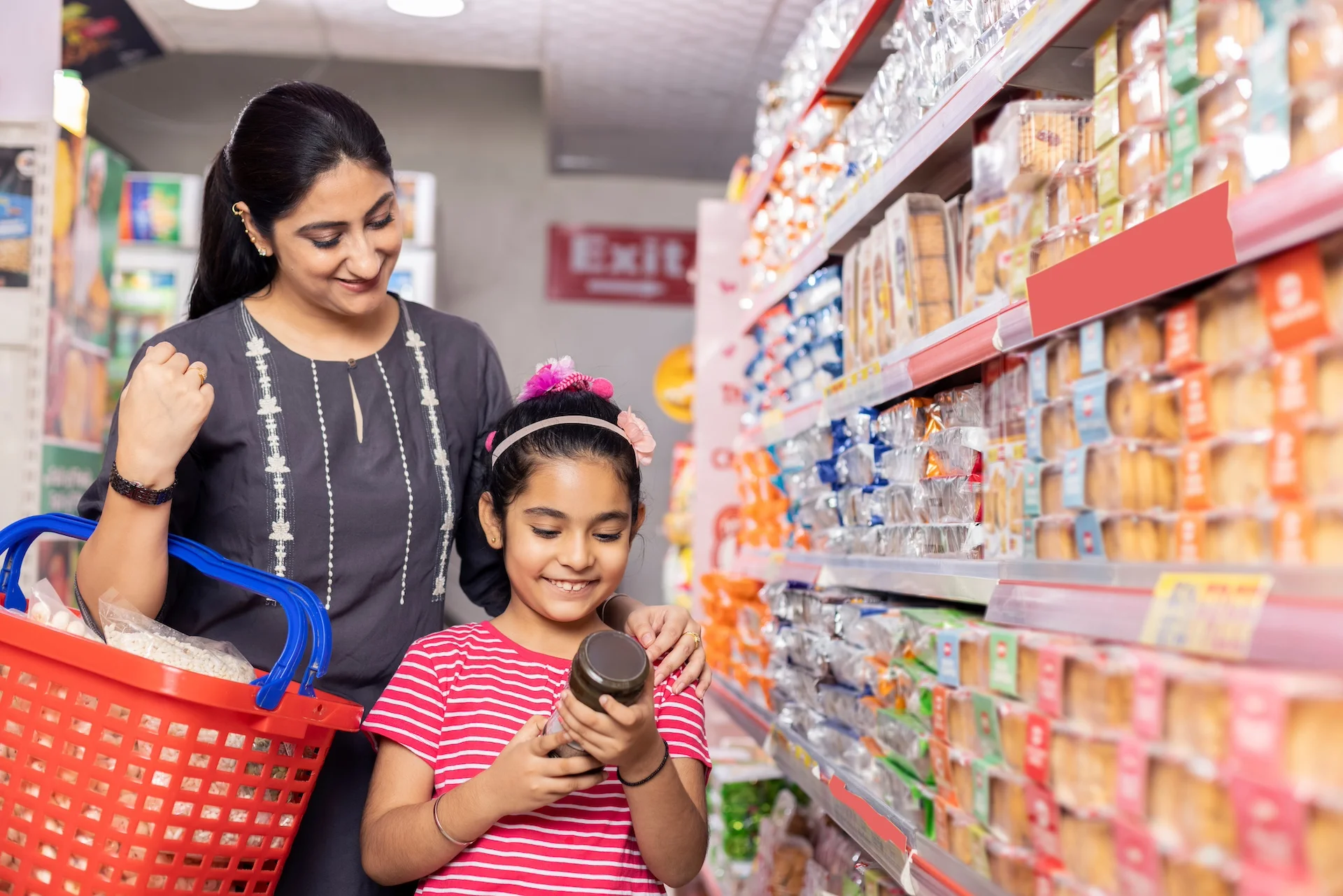
Get educated & get guidance with Silent Spring
Learn more about the science on chemicals and breast cancer on Silent Spring Institute’s website.
Silent Spring’s Detox Me app guides people on how to avoid harmful chemicals by making simple changes in their daily behaviors. Users can track their progress, scan barcodes on products to find relevant tips, and share action-oriented tips with friends and family.
Read ingredient & content labels
Many people are unaware that in the United States products do not have to be tested for safety before being sold. As a result, ingredients linked to cancer, hormone disruption, and reproductive harm can be used in personal care products, cosmetics, cleaning products, textiles, food packaging, and many other products. Check our Glossary of Exposures and our Campaign for Safe Cosmetics’ Chemicals of Concern for toxic ingredients to avoid. You can also use an app or web browser extension like Clearya , Think Dirty, or Skin Deep to help identify harmful ingredients in products as you shop.
Avoid products with the words “fragrance” or “flavors” on the ingredients label
Product labels that list “fragrance,” “parfum,” or “flavors” may contain a cocktail of dozens of potentially harmful chemicals. Choose personal care products, cleaning products, air fresheners, and candles that do not contain fragrances. If this is not an option, try to shop for products that list all fragrance and flavor ingredients – check the company website for their ingredient disclosure policy.
Wash your hands
Washing your hands kills germs and reduces exposure to unsafe chemicals. Many chemicals from everyday products end up in household and workplace dust. Hand washing reduces dust on the hands, and as a result reduces exposures to chemicals, like flame retardants. Make sure to use hand soap that is fragrance-free and avoid soap labeled antibacterial.
Go fresh, organic, and hormone-free
If possible, choose fresh, organic and hormone-free foods to avoid exposure to pesticides, added hormones, and other possible toxic chemicals in packaged foods. Buying products grown organically reduces pesticide use, which is good for families, farm workers, and the environment. Plus, eating fresh (or frozen) foods helps you to reduce exposures to chemicals in food packaging like BPA, PFAS “forever chemicals,” and phthalates.
Eat low on the food chain
In general, plants have less chemicals than meat and dairy products, where fat-soluble chemicals tend to accumulate. A diet high in fresh fruits and vegetables, whole grains, and healthy fats (avocados, nuts, and seeds), and fewer animal sources, is effective at preventing disease.
Get out of plastic
Plastics can leach harmful chemicals like BPA and phthalates into your food and beverages, which end up in your body. Use glass, ceramic, and stainless-steel food storage containers and water bottles. Never microwave in plastic — even “microwave-safe” plastic can leach chemicals into food when heated.
Reduce home indoor air pollution
Open windows and doors to increase ventilation: remember that outdoor air is often less polluted than indoor air, so ventilate by opening windows. If possible, use an air purifier with a HEPA filter to reduce pollutants. When cooking, turn your hood vent on, preferably one that vents to the outside.
Don’t be brainwashed, greenwashed or pinkwashed
Companies use savvy marketing to sell products, so don’t let false claims trick you into buying products with harmful ingredients. Watch out for ‘green washing’: products designed to look like they are good for the environment with words like “natural”, “eco-friendly”, and “non-toxic” which have little, if any, meaning without full ingredient disclosure to back them up. Be wary of products boasting a pink ribbon, too; many pinkwashed products contain chemicals linked to cancer, and often do little to prevent or reduce breast cancer. Consult third party certifications, eco-labels and reviews from trusted organizations that include toxic chemicals in their assessments. [10]
Take action to protect everyone
Let’s change the system to make the healthy choice the easy choice for everyone. Together, we can change laws to remove toxic exposures linked to breast cancer from our environment and hold corporations responsible for the safety of chemicals in their products.
References
[1] IARC Monographs (volumes 1–131); NTP Technical Reports (nos. 1–602); NTP 15th Report on Carcinogens (15th RoC; US EPA Integrated Risk Information System (IRIS); US EPA Office of Pesticide Programs (OPP); US EPA Toxicity Reference Database (ToxRefDB, version 2.0); US EPA Toxicity Values Database (ToxValDB, version 9); Lhasa Carcinogenicity Database (LCDB, a continuation of the now retired Carcinogenic Potency Database); and the now-retired National Cancer Institute’s (NCI) Chemical Carcinogenesis Research Information System (CCRIS).
[2] This method of identifying ‘key characteristics’ is a relatively new scientific framework to improve how governments and companies identify hazardous chemicals. Key characteristics have been published in peer reviewed scientific journals for carcinogens (https://academic.oup.com/carcin/article/39/4/614/4883395); and for endocrine disrupting chemicals https://www.nature.com/articles/s41574-019-0273-8
[3] This second set includes chemicals that trigger cells to make more estrogen and progesterone hormones (515 chemicals); or activate the estrogen receptors in breast cells (around 267 chemicals). Increases in estrogen and progesterone hormones, and estrogen receptor activators in breast cells are known risk factors for breast cancer. Of the 921 breast cancer related chemicals listed, 420 damage DNA in ways that can cause the development of cancer.
[4] 4 Rudel, R.A., et al., 2007. Chemicals causing mammary gland tumors in animals signal new directions for epidemiology, chemicals testing, and risk assessment for breast cancer prevention. Cancer https://doi.org/10.1002/cncr.22653
[5] See https://www.prnewswire.com/news-releases/presidents-cancer-panel-report-finds-true-burden-of-environmentally-induced-cancer-greatly-underestimated-92954279.html;
and https://www.scientificamerican.com/article/how-many-cancers-are-caused-by-the-environment/
For breast cancer statistics, see https://www.bcpp.org/resource/breast-cancer-statistics/
[6] See https://www.bcpp.org/breast-cancer-risk-factors/
[7] https://www.theguardian.com/environment/2020/jan/09/black-women-hair-products-chemicals-risks
[8] Rudel, R.A, J.M. Gray, C.L. Engel, T.W. Rawsthorne, R.E. Dodson, J.M. Ackerman, J. Rizzo, J.L. Nudelman, J.G. Brody. 2011. Food packaging and bisphenol A and bis(2-ethyhexyl) phthalate exposure: Findings from a dietary intervention. Environmental Health Perspectives, 119(7):914-20. doi:10.1289/ehp.1003170 https://www.ncbi.nlm.nih.gov/pmc/articles/PMC3223004/
[9] Harley, K.G, et al., 2016. Reducing Phthalate, Paraben, and Phenol Exposure from Personal Care Products in Adolescent Girls: Findings from the HERMOSA Intervention Study. Environmental Health Perspectives, 124 (10): 1600-07. doi.org/10.1289/ehp.1510514 https://ehp.niehs.nih.gov/doi/10.1289/ehp.1510514
[10] See the Ecology Center Factsheet on Third party certifications & Eco-Labels. https://www.ecocenter.org/sites/default/files/2022-12/2022updated_Factsheet%20Third-Party%20Certifications%20and%20Eco-Labels_V2.pdf

